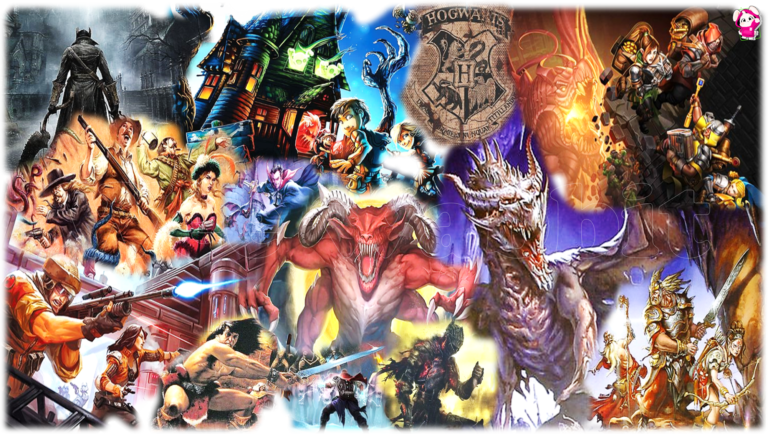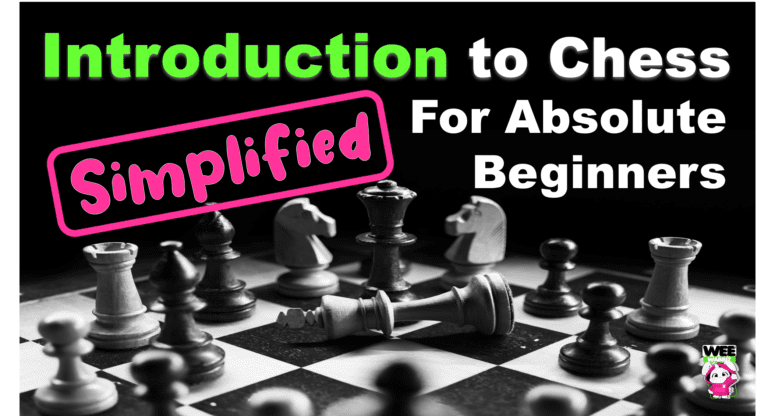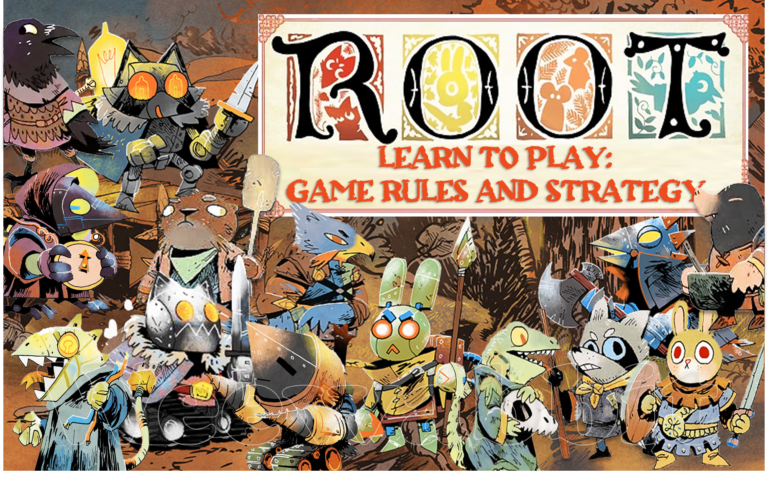What is Trouble Board Game?
Welcome to the exciting world of board games! Have you ever played the Trouble board game? If not, you’re in for a treat. Trouble is a simple game, perfect for young kids and adults alike, making it a fun family game. At the heart of Trouble lies the Pop-O-Matic die roller, a unique dice mechanism housed in a plastic bubble at the center of the board.
Brief History and Origin

Our classic game of Trouble was born out of the brilliant minds at Milton Bradley, a company renowned for its timeless contributions to the board game collection of many households. The name ‘Trouble’ certainly speaks volumes about the hilarious chaos that ensues when playing this game!
Why is it a Fun Family Game?

Trouble board game rules are straightforward, making it an easy game even for young children. It’s the perfect blend of luck and strategy ensures a different outcome each time, keeping the excitement alive. With each pop of the dice, you’ll navigate your colored pegs around the board, racing against other players to reach home base first. So, if you’re looking for a game to add a twist to your family game night, Trouble could be your best bet!
What’s in the Box?
Ever wondered what makes up the world of Trouble? There are many versions of “Trouble”, but they all have the same components. Now, let’s unveil the contents of the box! (We’re using the Bluey Edition, since it’s our favorite of all the version out there!)
Plastic Game Unit Description
Unboxing Trouble will reveal a plastic game unit with a pop-o-matic dice roller in the center of the game. This pop-die roller not only adds an element of surprise to the game but also makes it incredibly easy for young children to participate without the worry of losing dice.

Specialized Board and Unique Dice
The Trouble board game’s heart lies in its specialized board, featuring a circular playing track with numerous spaces. The board also sports four sets of pegs in different colors. The pop-o-matic die roller, encased in a clear plastic bubble, houses a unique dice, making each roll unpredictable and adding to the game’s charm.

Sets of Pegs: Colors and Number of Players
Trouble is designed for 2-4 players. Each player gets a set of four pegs of the same color. These pegs will be your playing pieces, racing against each other from their matching color start space to the finish line.
Now that we’ve revealed what’s inside the box let’s delve into how we set up this captivating game!
Setting up the Game
Setting up Trouble is a breeze. Let’s walk through the simple steps.
Placing the Board Game
The first step is to place the board game on a flat surface. Ensure the Pop-O-Matic dice roller is in the middle of the board for everyone to reach. This dice roller is a key component, as its pop will dictate the forward moves of your pegs.

Positioning the Players’ Pegs
Next, each player chooses a color and places their four pegs in the home base of the corresponding color on the board. The home base is the starting space for each player’s pegs.

Deciding the First Player with the Highest Roll
Once everyone has their pegs in place, it’s time to decide who gets the first turn. Each player takes a turn pressing down the Pop-O-Matic dice roller and releasing it to roll the dice. The player with the highest number goes first. If there’s a tie for the highest roll, those players roll again.
Now that we have everything set up, let’s jump into how to play the Trouble board game!
How to Play Trouble Board Game: A Step-by-Step Guide
Playing Trouble is as much fun as setting it up. Let’s understand the step-by-step process.
The Object of the Game
What’s the goal of the game, you ask? It’s simple! The object of the game is to be the first person to move all four of your pegs from the home space to the finish zone following the clockwise direction. But beware of your opponent’s pegs, they could land on your space and send you back home!
The First Turn: Using the Pop-O-Matic Dice Roller
Once the first player is decided, the game begins. On your turn, press the Pop-O-Matic dice roller and release it to pop the dice. If you pop a 6, move one of your pegs from the home space to the start space on the board game. You also get an additional pop! If you don’t pop a 6, your turn ends and the player to your left pops next.

Moving on the Playing Track: Start Space to Finish Zone
As the game progresses, your pegs will traverse the playing track. Each pop tells you how many spaces you can move a peg. You must move your pegs clockwise around the board, always in the direction of your matching color finish line.
Special Spaces: Warp Spaces, Double Trouble Space, Speedway Space, Baby Space
Along your journey, you’ll come across special spaces: Warp Spaces, Double Trouble Spaces, Speedway Spaces, and Baby Spaces. Landing on these can either speed up your game or add an interesting twist, making the game of Trouble so unique!
Rules for Encountering Your Own Peg and an Opponent’s Peg
Encountering pegs is where the real ‘trouble’ begins. If you land in a space with your own peg, nothing happens. But if you land on a space occupied by an opponent’s peg, you’ll bump them back to their home base. Now that’s what we call ‘trouble’!
Now that we know how to play, let’s understand how one wins in the game of Trouble.
How to Win the Game?
Playing Trouble is full of twists and turns, but how do we crown a winner? Let’s find out!

Reaching the Finish Area: Exact Count Rule
To move a peg into the finish zone, you must roll the exact number of spaces needed to get it inside. If you roll a number too high, your peg cannot move and stays on the playing track, waiting for the perfect roll.
The Goal of the Game: Get all Pegs Home First
The real test of time comes now! The goal of the game is to be the first player to get all four pegs into your own finish area. The moment a player achieves this, they win the game! Remember, it requires an exact count to land in the finish area, which adds an element of suspense towards the end of the game.
Now that we understand the game’s objective and how to reach it, let’s tackle some common questions about Trouble board game rules.
Common Questions about Trouble Board Game Rules
It’s natural to have questions when learning a new game. Let’s answer some frequently asked questions about Trouble.
How many players can play Trouble?
Trouble is designed for 2-4 players. Each player has a set of pegs in a different color.
Now that we’ve cleared some common queries let’s wrap up our exploration of the Trouble board game.
What happens if a player lands on his own piece?
If a player’s peg lands on a space already occupied by their own piece, nothing happens. The two pegs coexist on that space until a subsequent move.
What happens when you get an additional pop?
If you roll a 6, you get an additional pop. You can move another peg or the same peg again based on the new number you roll.
What are the rules for younger children?
Trouble is an easy game for younger children to grasp. To make it simpler, you can ignore the rules about the ‘6’ granting an extra turn or ignore the warp spaces and other special spaces. This will make the game a straightforward race.
Can you move backward in Trouble?
No, you cannot move backward. All movement must proceed in a clockwise direction.
Can two of my own pegs occupy the same space?
Yes, two of your own pegs can occupy the same space. However, remember that if an opponent’s peg lands on a space where your two pegs are, both will be sent back to your home base!
What happens if you cannot move the number you popped?
If you cannot move the number you popped due to other pegs blocking your path, or if you are required to get the exact count to reach the finish space, then you lose your turn.
Can I choose not to move a peg if I don’t want to?
No, if you can legally move a peg, you must do so. There is no passing in Trouble.
What are the rules for the new peg?
When a player pops a 6, they have the option to either move a peg already in the playing track by 6 spaces or move a new peg from home to start. They then pop again.
What is the baby space in some versions of Trouble?
In some versions of Trouble, there is a “baby space”. When a player lands on this space, they can “give birth” to a new peg from home, placing it on start, as long as they don’t already have a peg on start. This rule adds another exciting twist to the game.
What happens if the Pop-O-Matic dice roller pops a number that can’t be moved?
If the pop results in a number that can’t be moved (for instance, if the pegs are all at home base and you don’t roll a 6), then that turn is lost, and play moves to the next person.
Can you pass another player’s peg on the board?
Yes, you can pass another player’s peg. If you land on the same space as another player’s peg, you send their peg back to their home base, causing them a bit of ‘trouble’.
What happens if all the spaces in the Finish Zone are filled?
This would mean that all of your pegs have successfully made it to the finish line and you are the winner of the game!
Are there more than one version or edition of Trouble board game?
Yes, there are multiple versions and editions of the “Trouble” board game. Each edition often features unique themes, characters, or variations in gameplay, while maintaining the core mechanics of the original game.
Here are some notable editions
Despicable Me

Olaf’s

Cars

Super Monsters

Spiderman

Avengers

Star Wars R2-D2

Star Wars

Trolls World Tour

Grab & Go

Frozen II

Retro Edition

Is there a new version of the Trouble board game?

Yes, there’s a new version of the game known as “Double Trouble.” It adds a few twists to the original rules with its double Xs and a second pop-o-matic die roller. It’s a refreshing change for those familiar with the classic game.
Now that we’ve cleared some common queries let’s wrap up our exploration of the Trouble board game.
Rolling to the Finish Line
The Trouble board game is a delightful blend of strategy, patience, and friendly rivalry. Its allure stems from its straightforward rules and unforeseen twists that captivate players of all ages.
An Unmissable Addition to Your Board Game Trove
For those building or expanding a board game collection, Trouble is a must-have. This classic game promises a fine balance of chance and strategy, guaranteed to infuse any gathering with cheer and laughter.
Let the Dice Roll at Your Next Family Game Night
Trouble is more than a mere board game; it’s a bridge for familial connection. As the dice pops and the pegs journey around the board, each game night transforms into a cherished experience. Equipped with the rules, you’re ready to venture into the exhilarating world of Trouble. So, gather your tribe, arrange the board, and let the fun-filled excitement begin!
You may also like








